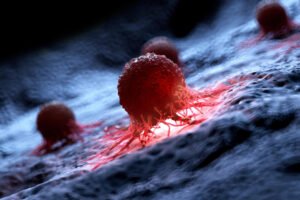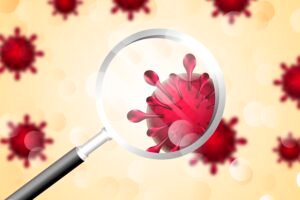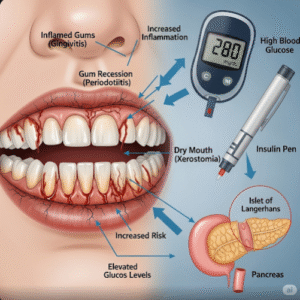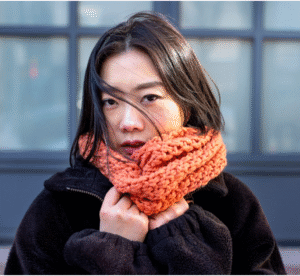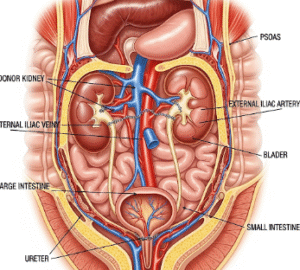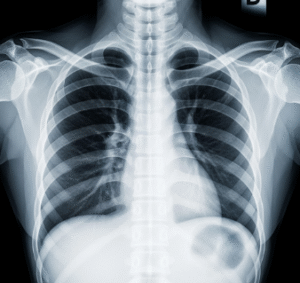Overview
Contact dermatitis is a common inflammatory skin condition that arises when the skin reacts to irritants or allergens. It can cause redness, itching, swelling, and sometimes blistering. While usually not life-threatening, it can cause significant discomfort and affect daily life. In South Korea, advanced dermatology clinics provide effective diagnosis, treatment, and management strategies.
What is Contact Dermatitis?
Contact dermatitis occurs when the skin comes into contact with substances that either irritate it directly (irritant contact dermatitis) or trigger an immune reaction (allergic contact dermatitis). Symptoms typically develop at the site of contact and can range from mild irritation to severe inflammation with blisters.
Symptoms
- Red, inflamed skin
- Itching or burning sensation
- Swelling in affected areas
- Blisters or vesicles in severe cases
- Dry, cracked, or scaly skin
- Pain or tenderness at the site
Causes
- Irritant contact dermatitis: Caused by exposure to chemicals, detergents, solvents, or prolonged moisture.
- Allergic contact dermatitis: Triggered by allergens such as nickel, fragrances, preservatives, rubber, or plant oils.
- Repeated friction, heat, or sweat exposure
Risk Factors
- Frequent handling of chemicals or cleaning agents
- Occupations like healthcare, hairdressing, construction, or food service
- Pre-existing skin conditions such as eczema or psoriasis
- Sensitive skin or weakened skin barrier
- History of allergies, asthma, or atopic dermatitis
Complications
- Secondary bacterial infections from scratching
- Chronic skin thickening (lichenification)
- Persistent itching and discomfort
- Emotional distress due to visible skin lesions
- Occupational limitations in severe or recurrent cases
Prevention
- Avoid known irritants and allergens
- Wear protective gloves and clothing when exposed to chemicals
- Use fragrance-free and gentle skincare products
- Regularly moisturize to maintain skin barrier
- Patch testing to identify allergens
Treatment Options in Korea
South Korea provides modern dermatology care for contact dermatitis with advanced diagnostic and treatment options:
- Diagnosis
- Physical examination and detailed patient history
- Patch testing to identify specific allergens
- Skin biopsy for atypical or severe cases
- Medications
- Topical corticosteroids to reduce inflammation
- Oral or topical antihistamines to control itching
- Emollients and barrier creams for skin repair
- Antibiotics if secondary infection occurs
- Lifestyle and Home Care
- Avoid scratching affected areas
- Gentle cleansing and frequent moisturizing
- Cold compresses to relieve inflammation
- Specialized Clinics in Korea
- Severance Hospital Dermatology Clinic – Allergy and contact dermatitis management
- Samsung Medical Center Dermatology Department – Comprehensive dermatology care
- Asan Medical Center Skin Allergy Program – Advanced allergy testing and treatment
- Follow-up and Long-term Management
- Regular dermatology follow-up for chronic or recurrent cases
- Patient education on allergen avoidance and skincare
- Support for occupational dermatitis and chronic cases





